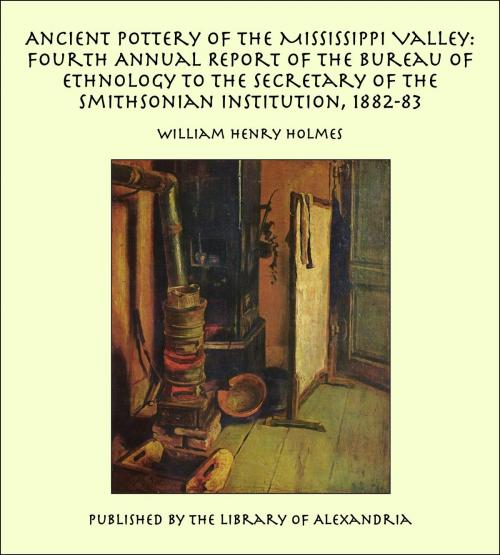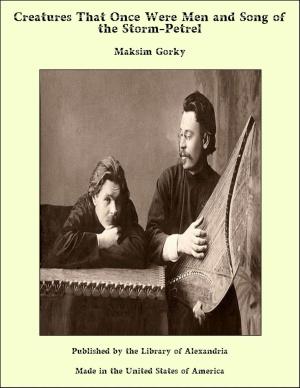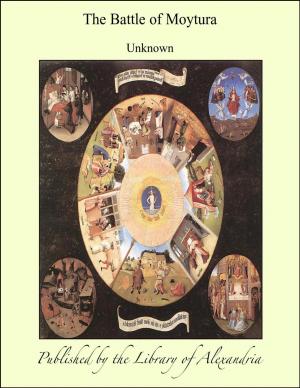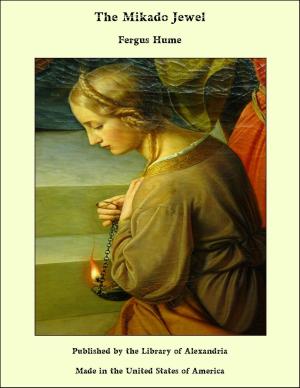Ancient Pottery of the Mississippi Valley: Fourth Annual Report of the Bureau of Ethnology to the Secretary of the Smithsonian Institution, 1882-83
Nonfiction, Religion & Spirituality, New Age, History, Fiction & Literature| Author: | William Henry Holmes | ISBN: | 9781465547255 |
| Publisher: | Library of Alexandria | Publication: | March 8, 2015 |
| Imprint: | Language: | English |
| Author: | William Henry Holmes |
| ISBN: | 9781465547255 |
| Publisher: | Library of Alexandria |
| Publication: | March 8, 2015 |
| Imprint: | |
| Language: | English |
This paper is the third of a series of preliminary studies of aboriginal ceramic art which are intended to be absorbed into a final work of a comprehensive character. The groups of relics selected for these studies are in all cases of limited extent, and are such as can lay claim to a considerable degree of completeness. It is true that no series of archæologic objects can ever be considered complete, but in exceptional cases the sources of supply may be so thoroughly explored that the development of new features of importance cannot reasonably be expected. If any series of American ceramic products has reached such a condition, it is that of the middle portions of the Mississippi Valley; yet, even in this case, I consider it unwise to attempt a monographic study, and prefer to single out a particular collection, making it the subject of a thorough investigation. When the idea of preparing such a paper was first conceived, the collection presenting the greatest advantages was that of the Academy of Natural Sciences at Davenport, Iowa, which was, therefore, chosen. Other museums, especially those at Cambridge, Saint Louis, and Washington, were rich in material from this region, but none of these collections were so homogeneous and satisfactory. The National Museum has recently received important accessions from the Mississippi Valley, through the agency of the Bureau of Ethnology, and ere the publication of this paper will probably excel all others in the number and variety of its mound relics. Some of its material has already been published by Dr. Charles Rau, Prof. C. C. Jones, Dr. Joseph Jones, and myself, and several additional examples are given in this paper
This paper is the third of a series of preliminary studies of aboriginal ceramic art which are intended to be absorbed into a final work of a comprehensive character. The groups of relics selected for these studies are in all cases of limited extent, and are such as can lay claim to a considerable degree of completeness. It is true that no series of archæologic objects can ever be considered complete, but in exceptional cases the sources of supply may be so thoroughly explored that the development of new features of importance cannot reasonably be expected. If any series of American ceramic products has reached such a condition, it is that of the middle portions of the Mississippi Valley; yet, even in this case, I consider it unwise to attempt a monographic study, and prefer to single out a particular collection, making it the subject of a thorough investigation. When the idea of preparing such a paper was first conceived, the collection presenting the greatest advantages was that of the Academy of Natural Sciences at Davenport, Iowa, which was, therefore, chosen. Other museums, especially those at Cambridge, Saint Louis, and Washington, were rich in material from this region, but none of these collections were so homogeneous and satisfactory. The National Museum has recently received important accessions from the Mississippi Valley, through the agency of the Bureau of Ethnology, and ere the publication of this paper will probably excel all others in the number and variety of its mound relics. Some of its material has already been published by Dr. Charles Rau, Prof. C. C. Jones, Dr. Joseph Jones, and myself, and several additional examples are given in this paper















